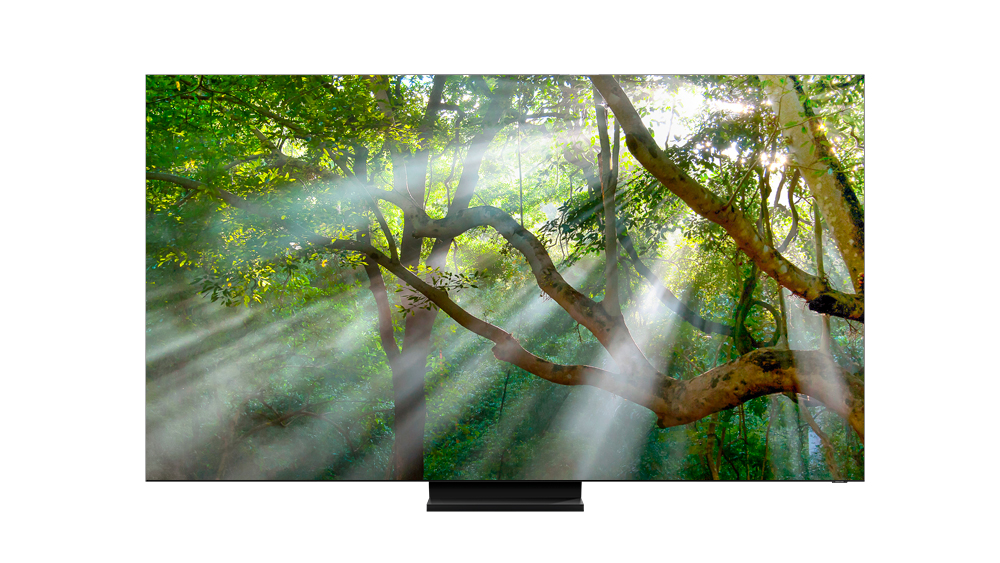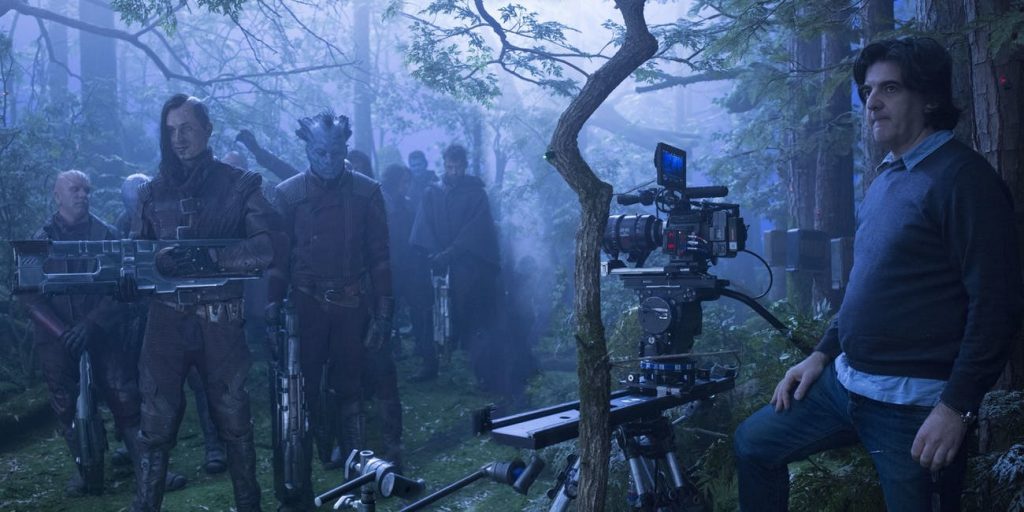
After more than 40 years of operation, DTVE is closing its doors and our website will no longer be updated daily. Thank you for all of your support.
There is little reason for consumers to buy an 8K TV in 2020
 Each year, CES has some key themes that make their way out and into the mainstream press. This year, one of the most prevalent is 8K.
Each year, CES has some key themes that make their way out and into the mainstream press. This year, one of the most prevalent is 8K.
Every major TV manufacturer made a large show of their 8K TVs at CES. Samsung showed off a huge and impressive-looking bezel-less screen which (for some reason) rotates, while everyone from premium product-focused Sony to the cost-conscious Vizio also revealed 8K models to be released this year.
To date, 8K has struggled to make a dent in the market. Last June, GfK said that fewer than 1,000 sets had been sold in the UK and – with a lack of affordable sets and worthwhile content – that is unlikely to have improved much as 2019 drew to a close.
In fact, IHS Markit even downwardly adjusted its estimations for 2019 8K TV sales from 430,000 units to only 167,000.
2020, TV makers hope, will be something of a new dawn, with 8K TVs being produced for a larger market and more content being made available. The sets are still out of reach for most, starting at several thousand euros, but that is a far cry from the car-like prices that were demanded in the past. At the end of 2019, an 8K TV had an average cost of US$5,563 and this must be reduced drastically in order to make it a realistic consumer option.
Similarly, we’re starting to see more 8K content. The end of 2019 saw the rugby world cup broadcast in Japan in 8K, and Italy’s Rai will broadcast the 2020 Olympics in the resolution. In the UK, BT has already demonstrated a live 8K broadcast and the launch of the 8K-capable Sony PlayStation 5 and Microsoft Xbox Series X in late 2020 will also help 8K’s case.
Certainly, 8K is getting a lot more legitimate. The 8K Association and Samsung recently announced the 8KA Certification Program which is designed to create a standardised feature set for 8K displays.
Samsung EVP Hyogun Lee argued that the certification should help to make consumers feel more secure in their purchases. He said: “Home entertainment and TVs are important investments for many of our consumers, and we hope that the 8KA Certification Logo will help guide them.”

Marvel’s Guardians Of The Galaxy Vol. 2, one of the few films to have been shot in 8K, had a budget of US$200 million
But while the industry is propelling itself headfirst at 8K, the highly detailed elephant in the room is consumer interest. Simply, the question that must be asked is whether people actually want 8K? Are we just trying to create a solution to a problem that did not exist?
Analysts for one do not think that we’ll see 8K having a marked impact on the market in 2020.
Khin Sandi Lynn, video and cloud services analyst at ABI Research has said: “Announcements of 8K TV sets by major vendors earlier in 2019 attracted much attention and raised many questions within the industry.
“The fact is, 8K content is not available and the price of 8K TV sets are exorbitant. The transition from high definition to 4K will continue in 2020 with very limited 8K shipments – less than one million worldwide.”
This leaves the industry in something of a chicken-egg situation: content producers will not invest in 8K content if there’s no-one that will actually watch it in 8K, but consumers won’t buy 8K TVs if there’s no content to watch. A handful of films (most notably Guardians of the Galaxy Vol. 2) have been shot in 8K, but the expensive cameras and literal petabytes of data they produce is far too costly for most film studios.
While it has been quicker than HD, adoption rate for 4K is still under 50%. And even then, the vast majority of content on both premium pay TV and streaming services like Netflix is still

Netflix’s The Witcher – which cost a reported US$90 million for eight episodes – is not even made in 4K, let alone 8K
only in HD. Even the latter’s latest flagship series – The Witcher – is only offered in HD with HDR. And when it comes to free to air DTT, the prospect of UHD, let alone 8K, is still something of a pipedream.
With growing sophistication, TVs will be able to more accurately upscale content to better emulate 8K. But if consumers are spending thousands on a new TV, they will want native content to justify their purchase. For most, the promise of a handful of sports events in the coming months and years will not be enough.
But even if there was a bounty of 8K content available, there’s an argument to be made that the human eye will not be able to see the difference between 4K and 8K. That may make a difference in an exhibition centre or arena, but for an average living room with a screen between 40-60 inches it has less of an impact. Of course the user can be conscious of the fact that there are extra pixels in front of them, but unless the screen is extraordinarily large those pixels will go beyond what the human eye can perceive.
Right now, many critics are advising consumers to avoid 8K TVs. A fairly blunt piece from Cnet simply surmises: “Do you need 8K? Not even a little.”
With few compelling reasons for users to upgrade, it will take a seachange in public opinion for 8K adoption to increase in the foreseeable future. In the long-term however there is still no consensus on whether 8K is at all necessary and this debate will rage on.


